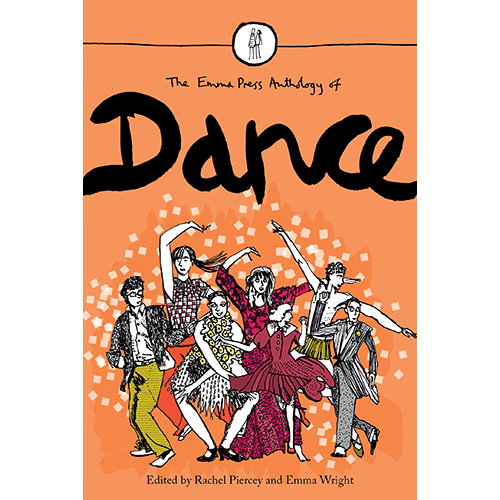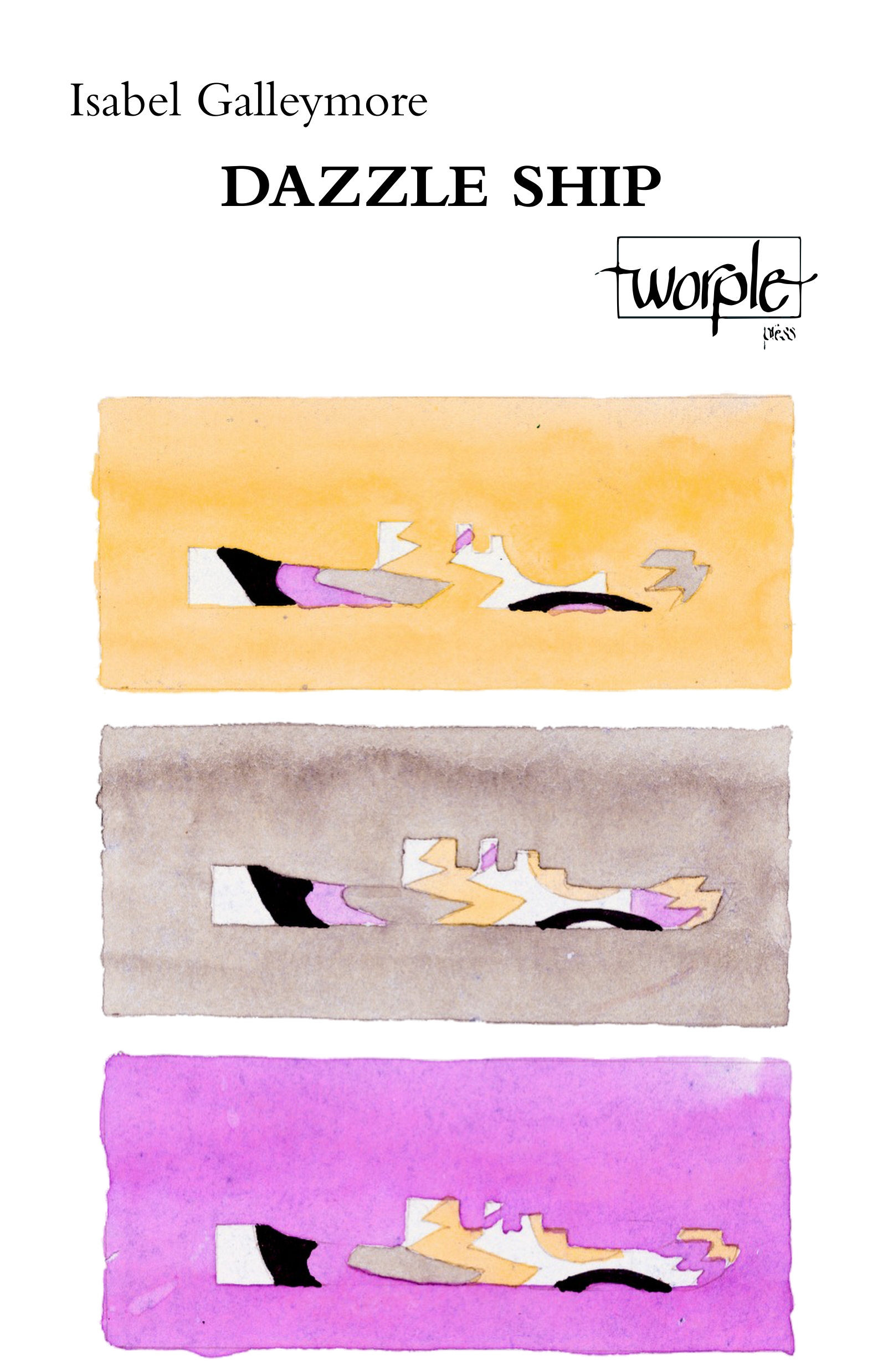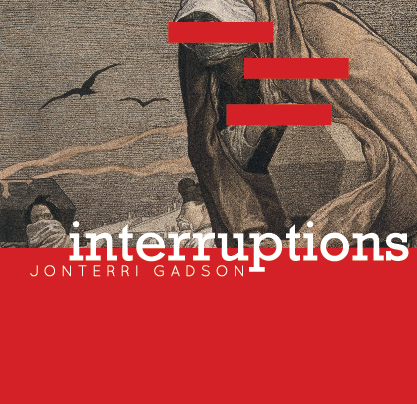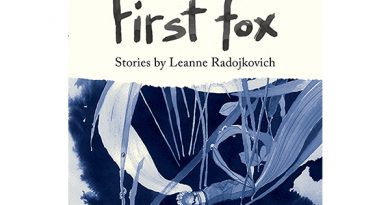The Emma Press Anthology of Dance edited by Rachel Piercey & Emma Wright
– Reviewed by Jessica Traynor –
Poetry anthologies can sometimes seem like publications without a market. Some poetry readers take a slightly snobbish attitude to the anthology, looking upon it as a sampler for the dilettantish reader who doesn’t quite have the attention span for a slim volume. In a world where this is the case, is there room for another anthology, particularly one like The Emma Press Anthology of Dance, which showcases the work of emerging poets alongside their more established colleagues? Are these anthologies too easily edged out of the limelight by yet another rehash of the nation’s favourites, or a round up of the usual schoolbook fodder?
I would argue that there is always room for one more anthology, especially when the anthology’s aim and market are clearly considered. As a reader, writer and teacher of poetry, the anthology is my best friend. The Emma Press, a recent enough addition to the poetry publishing scene, are doing great work in anthologies, as testified to by reviews of their prior publications on this website. Their cleverly themed slim volumes are accessible and nicely designed, with Emma Wright’s Quentin Blake-ish illustrations punctuating the text and demarcating the book’s various sections.
The book opens with a number of poems which engage with the physicality and sensuality of dance. Here, George David Clark’s “Lullaby with Succotash”, with its collision of the domestic and the surreal, stands out:
Maybe start talking say I like those
dangly things on your ears they’re called earrings
I know that and while you’re talking get out a bowl
and start peeling oranges and to your lady say
can you do the succotash?
Pam Thompson’s mysterious but compelling “His Sister’s Version” and Sophie F Baker’s tender and fluent “My Mother as a Horse” are two highlights of the second section, although I would question the necessity of the long epigraph in the latter, which pre-empts the poem’s subtle (but surely clearly stated?) message. This second section takes us out to the edge-places of the world, to Scottish highlands and pier-ends, where the dancers in question are either exposed to the elements or sheltered by tradition and community. The dancers in Francine Elena’s “Orcadian Strip the Willow, Hogmanay” dance in the wake of their ancestors:
We are clumps of snow dissolving in a river,
Breaking from ourselves in clumps of family colour.
The aurora borealis from a Viking archipelago.
The book’s third section, focusing on ballet, feels the most literal. Some poems indulge in lucid fantasies – Hilary Gilmore’s “Ballerina of the Night-Pool” – while others seek to undercut them. Catherine Smith’s “My Dancers” deserves special mention for its humour and brio, capturing a young girl’s rampaging imagination and her teachers’ misguided attempts to rein it in:
I wanted to dance them away from the teacher,
from the chalk dust, glue, the morning tapes
of Elgar or Shostakovich they played
to civilize us – it wasn’t Swan Lake,
my classmates were lumpen and wrong.
These ballet-themed poems are followed by poems exploring relationships with parents and the effects of ageing. Geraldine Clarkson’s “The dancers on graves”, which has real staying power, imagines a society of dancers gathering on the year’s longest day to jig their revenge on the graves of their enemies: “And a lady of ninety (who never forgot // the man who wronged her at seventeen), / resplendent in furs, performs a perfect foxtrot.”
Romantic entanglements inform the fifth and sixth sections, with the poets engaging in that tango between the physical and the spiritual. Emma Jeremy’s “The One Where I Sleep Next to You” negotiates a moment of fractured intimacy between lovers, while James Coghill’s Eeyore-ish exploration of the artistic brain and its apprehension in the face of the physical world in “Munch was Probably a Terrible Dancer” raises a smile:
You asked about my mood
and I replied: amphibious
then slithered out onto the floor
as you hung up
into a small, horrible puddle of me.
The thematic structure loosens in the book’s final grouping of poems, seeming to gather together a few strays which might easily have been housed in earlier sections of the book. The final poem, Anna Kisby’s “Grandmother Was a Showgirl”, is a fitting end to the anthology, memorialising a figure of giantish proportions in the poet’s personal mythology, in a manner that brings her vividly to life. This is a fitting testament to the transformative and empowering potential of dance, an enjoyable anthology, which should appeal to poetry fans and acolytes alike.





